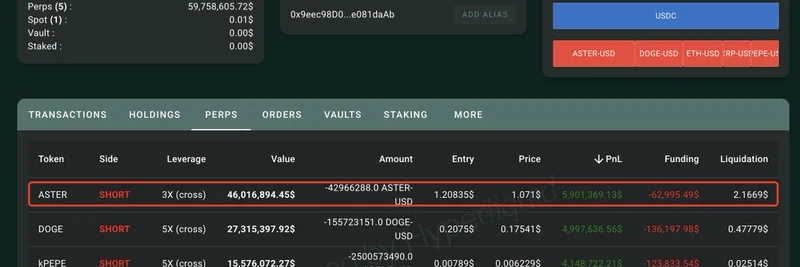Hey there, crypto enthusiasts! If you’ve been keeping an eye on the latest blockchain buzz, you’ve probably heard the exciting news from BSCNews. Ethereum developers are gearing up to integrate zero-knowledge proofs (ZKPs) into the Ethereum base layer within the next year, kicking things off with a Layer 1 zkEVM. This move could be a game-changer for privacy, scalability, and the future of decentralized tech. Let’s break it down in a way that’s easy to digest, even if you’re new to the crypto space!
What Are Zero-Knowledge Proofs?
First things first—let’s talk about zero-knowledge proofs. Imagine you’re proving to a friend that you know the answer to a riddle without actually telling them the answer. That’s the gist of ZKPs! In technical terms, a zero-knowledge proof is a cryptographic method that lets you verify something is true without revealing the underlying details. For blockchain, this means transactions can be validated while keeping sensitive data private. Pretty cool, right?
Ethereum’s plan involves using ZKPs to enhance security and efficiency. One popular type, ZK-SNARK, stands for "Zero-Knowledge Succinct Non-Interactive Argument of Knowledge." It’s a fancy way of saying it allows quick, private verifications—perfect for a busy network like Ethereum.
Why Layer 1 zkEVM?
So, what’s this Layer 1 zkEVM all about? zkEVM stands for "zero-knowledge Ethereum Virtual Machine." It’s a version of Ethereum’s execution environment that uses ZKPs to process transactions. By integrating this into the base layer (Layer 1), developers aim to make Ethereum faster and cheaper to use without relying solely on Layer 2 solutions like Polygon zkEVM.
This upgrade could reduce gas fees and improve transaction speeds, which is music to the ears of anyone who’s ever waited for a confirmation on the Ethereum network. Plus, it keeps the blockchain’s security intact by leveraging Ethereum’s robust infrastructure.
What Does This Mean for the Future?
This integration is a big step toward making Ethereum more scalable and private. With ZKPs, users could transact anonymously while still proving their funds are legit—think of it like a digital mask that doesn’t hide your intentions! It also opens doors for developers to build more complex applications without worrying about network congestion.
For meme token fans (hello, Meme Insider readers!), this could mean smoother trading experiences for tokens built on Ethereum. Imagine faster swaps for your favorite dog-themed coins without the hefty fees—sounds like a win!
Challenges Ahead
Of course, it’s not all smooth sailing. Integrating ZKPs into the base layer is a massive technical challenge. It requires careful testing to ensure compatibility with existing smart contracts and wallets. Plus, the computational power needed for ZKPs can be intense, so developers will need to optimize the system to avoid slowing things down.
But with Ethereum’s track record—like the successful Dencun upgrade—there’s optimism in the air. The community is already buzzing about how this could set the stage for future upgrades, potentially transforming how we interact with blockchain tech.
Stay Tuned!
As of 07:38 PM JST on July 11, 2025, this plan is still in its early stages, but the crypto world is watching closely. Keep an eye on BSCNews and Meme Insider for the latest updates. Whether you’re a developer, a trader, or just a curious meme coin lover, this could be the spark that lights up Ethereum’s next big chapter. What do you think—ready for a more private and scalable Ethereum? Drop your thoughts in the comments!



